Ria Formosa Natural Park
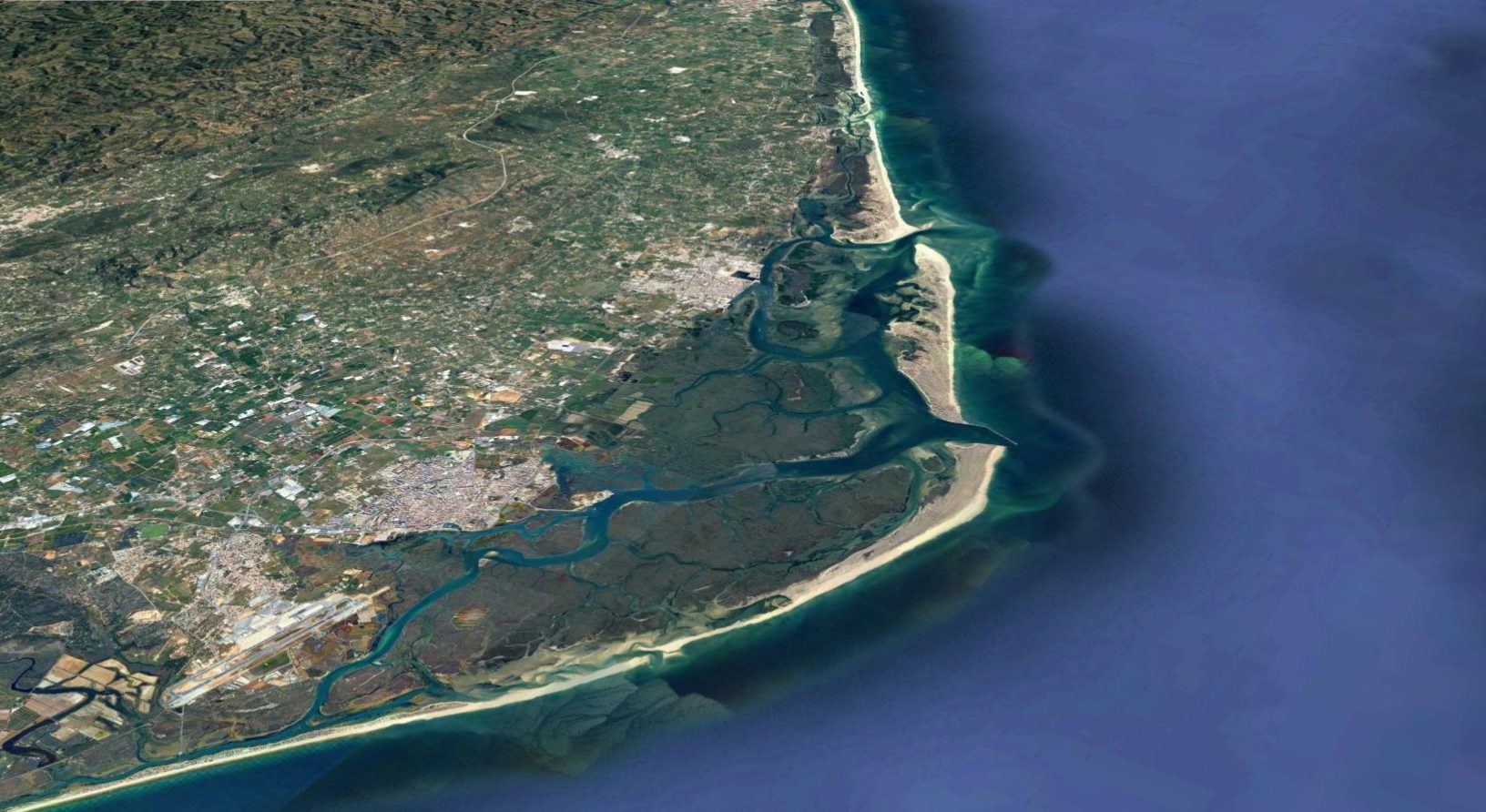
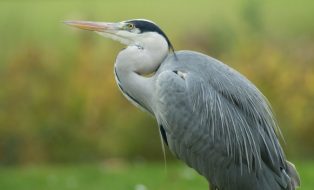
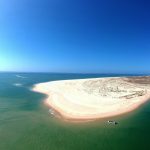
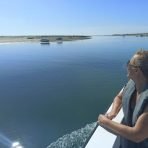
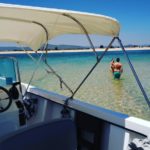
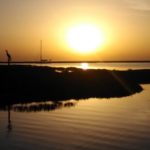
Created as a Natural Park in 1987, it covers an area of 18,400 ha distributed along 60 km of coast, between Ancão and Manta Rota.
Possessor of a great biological wealth, both floristic and faunistic, is in its avifauna, which includes species considered endangered (like the purple swamphen), that resides one of the main interests for the conservation of the Nature.
Due to its natural characteristics and geographical location the Ria Formosa attracts thousands of birds and fish.
Being an area of national and international importance having been registered in the Ramsar Convention the Ria Formosa is home to several species that place it among the most important wetlands at European level
The barrier islands system of the Ria Formosa consists of five islands and two peninsulas (from west to east – Ancão, Barreta or Deserta, Culatra, Armona, Tavira, Cabanas and Cacela), with extension of 60 km separated by 6 bars ( Ancão or S. Luís, Faro-Olhão, Armona or Grande, Fuzeta, Tavira and Cacela or Lacém). The islands are sandy and define an important lagoon body consisting of marshes, tidal flats, tidal channels and small islands of muddy or sandy character. The barrier island systems are thus designated as having a rosary of islands that defines, between these and the emerging continent, a lagoon. The islands referred to constitute a barrier between the lagoon and the ocean. The Ria Formosa barrier island system presents some unique or rare characteristics in the set of similar systems worldwide. One of the interesting originalities is that of the general layout of the system, forming a triangle roughly, at the point considered the southernmost of Portugal we have located the Cape of Santa Maria on the island of Barreta.More info in http://www.natural.pt/portal/en/AreaProtegida/Item/14
